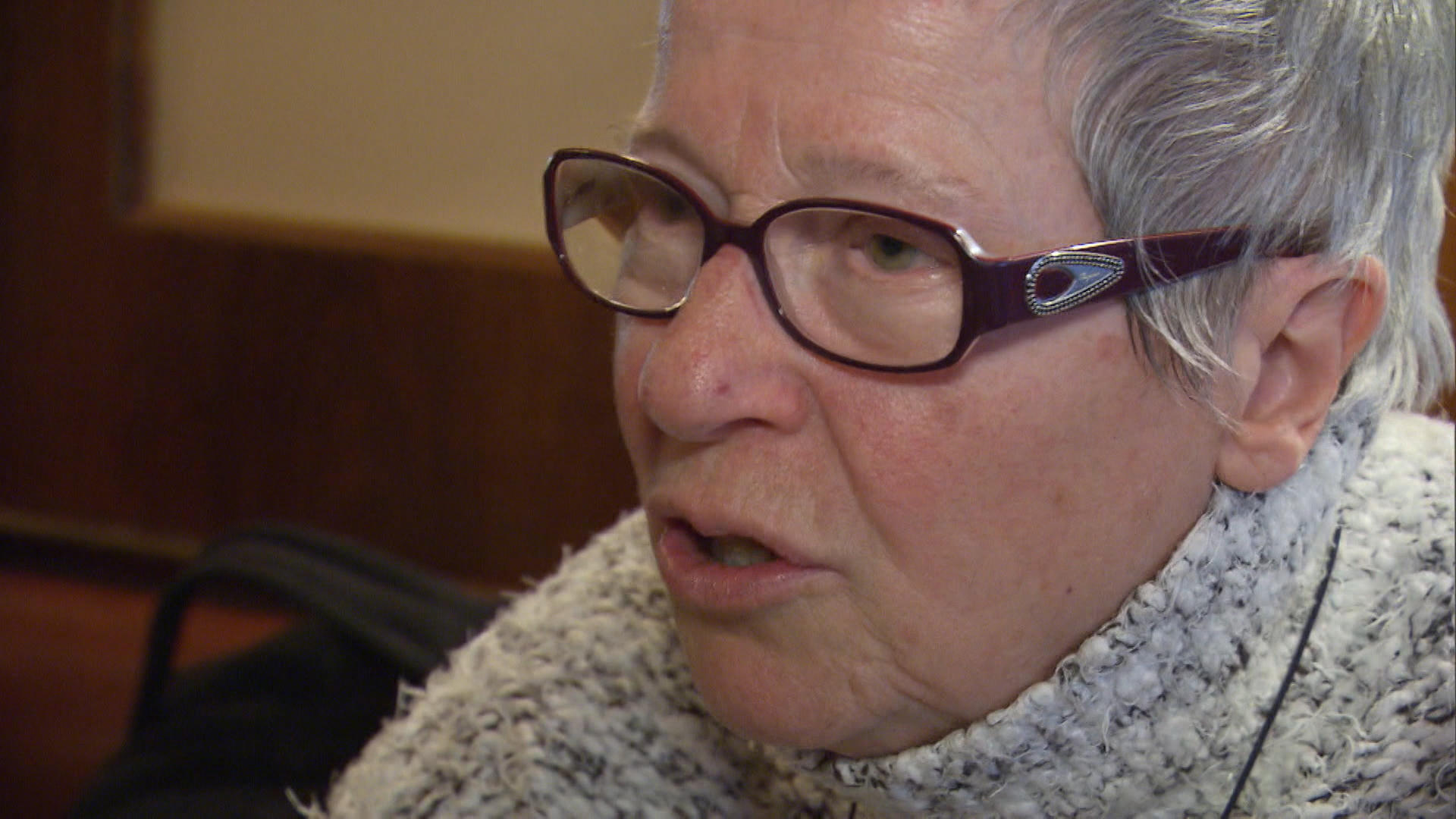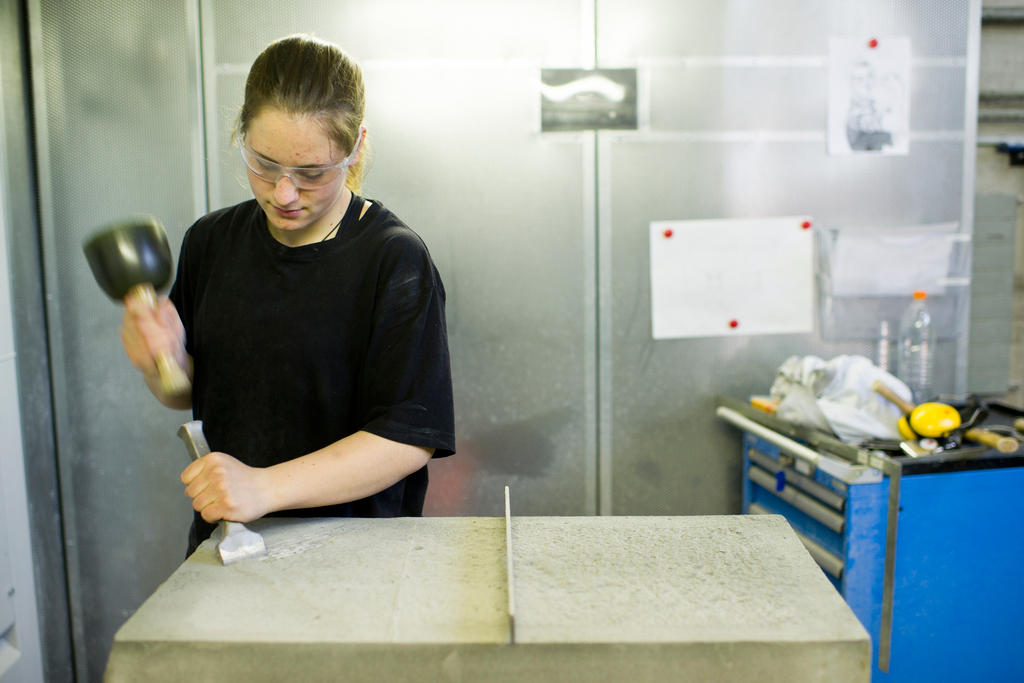Six things to know about Switzerland’s middle class
There’s renewed focus on Switzerland’s middle class after its rejection of tax reforms in a nationwide vote. Nearly two-thirds of Swiss society is defined as middle class, but what does the term really mean today?
In Sunday’s vote, 59% of voters felt proposals to change the country’s corporate tax landscape were too generous to companies at the expense of ordinary taxpayers.

More
Why people were against tax reforms
A large-scale study carried out by the Federal Statistical Office in 2013 gives some insights into the makeup of the modern middle class.
1. They earn between 70% and 150% of median income
Wages are the main criteria for deciding whether someone is part of the middle class or not. How the household is made up is also a determining factor. So people living in a household with a gross income of between 70 and 150% of the median income are classified as belonging to the middle class. Median income is the amount that divides income distribution into two equal groups, half having income above that amount and half below.
2. They represent nearly two-thirds of the population
58.1% of Swiss are middle class. A fifth of the population earn less than the middle class and a fifth have more.
3. Numbers have remained relatively stable since 1998
Between 1998 and 2013 the middle class represented between 57% and 61% of the population. It peaked at 61.3% in 2009 and then decreased somewhat. The Federal Statistical Office says there has not been a significant change. A sign that the middle class is not eroding, as some news reports claim.
4. One in four people in the middle class reports having financial troubles with low wages
5. More than a fifth of the lower middle class did not enter higher education
Level of education is closely associated with an income bracket. The proportion of people without a post-compulsory school diploma decreases as income increases.
6. They don’t have much faith in politics
Lower middle class and people on low incomes have less confidence in the political system than the general population.
Translated from French by Jessica Dacey

In compliance with the JTI standards
More: SWI swissinfo.ch certified by the Journalism Trust Initiative







You can find an overview of ongoing debates with our journalists here. Please join us!
If you want to start a conversation about a topic raised in this article or want to report factual errors, email us at english@swissinfo.ch.